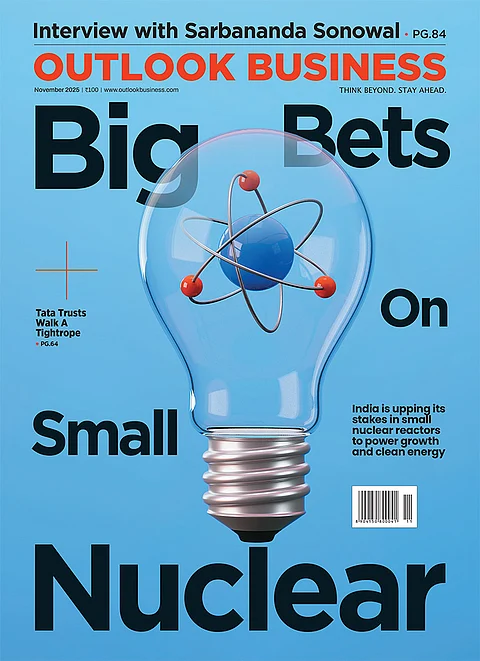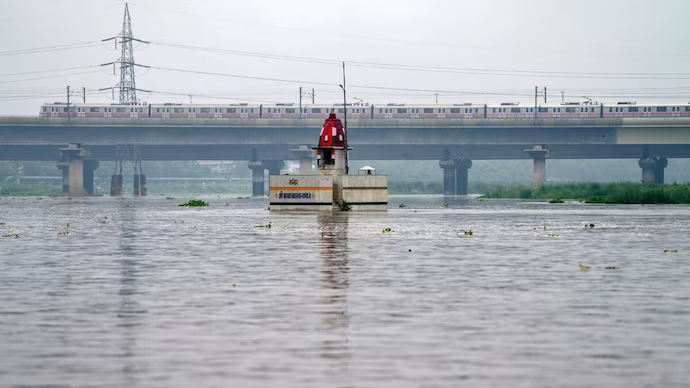"The hardest thing to learn in life," says David Russel, a famous Scottish musician, "is which bridge to cross and which to burn." And if you are at the crossroad? That's Turkey's story…the crossroad between Asia and Europe. The melting pot of east and west. A confluence of cultures. From the ancient Anatolian to Roman Empire to Ottomans to modern visionary Ataturk's dream country. Even Istanbul, once Constantinople, is slashed between Europe and Asia, right through its heart.

The history and beauty is overwhelming. Flanked by the seas- Aegean, Marmara, Black and Mediterranean, Turkey's varied landscape is the result of complex earth movements. Marmara Sea divides the European Turkey from the Asian side. And so do the straits of Bosporus and Dardanelles created by fault lines. During the First World War, the Turkish troops led by the young Mustafa Kemal Ataturk trapped the Allied forces in the Gallipoli Peninsula where they were attempting to force open the strait of Dardanelles. The Allied forces suffered a crushing defeat, which made a dent on the career of Sir Winston Churchill, who was then the First Lord of Admiralty. Since then the British shake their heads and ask-a Young Turk, are you?

At times, it is good to allow yourself some luxury and have an actual person answering your queries instead of Google. Aysegul Kose, a travel expert, helped us chart out the entire trip meticulously. On her recommendation, we stayed right at the base of the Cotton Castle at Pamukkale. The castle, which is straight out of a fairy tale, is a moon white hill with terraces of limpid aquamarine pools. The carbonate minerals deposited from the hot water springs give this hill its glimmering white colour. It is surrounded by the ruins of Hierapolis. At the fag end is its Necropolis-which means the city of the dead-the largest in Anatolia. There is something about walking amidst the dead that gives one a different kind of peace.

The happening beach town of Kusadasi is ideal for exploring the House of Virgin Mary and the grand ancient Greek city of Ephesus. For the gentlemen scholars, the Great Library had a secret passage to the building right opposite. Why, the brothel, of course. The communal toilets for the rich had someone playing music as they did their business and chatted. And oh, in winters, the slaves would warm the stone seats beforehand for the masters by sitting on them. Now, you haven't thought of making your younger sibling do that!

Cappadocia in Anatolia is a wonderland- the region of volcanoes and fairy chimneys. Take a balloon ride and you'll see what I mean. It abounds in centuries old cave homes and monasteries and churches carved out of the soft volcanic deposits. The yielding volcanic rock literally paved way to make underground cities like Kaymakli. It is estimated that the first caves were built by Indo-European people in the 7th-8th century and the city was expanded more by the Christians that followed. It served as a hiding place during the wars. It is connected through miles of tunnels to the other underground city of Derinkuyu. A wave of claustrophobia hit me as we went down the four floors that are open to the tourists of this city of a hundred tunnels. And then I was struck by a wave of awe. By the time we came out of it after seeing the storage spaces and living areas and stables and churches, I was washed over by waves amazement.

The region of Cappadocia is dotted with little fairy cafes overlooking the chimneys made out of eroded rocks. I felt I was transported to a different planet as I sat sipping on Turkish tea overlooking Love Valley. No prizes for guessing the shape of chimneys that gives it this name. No, they are not heart shaped.
You need time in Istanbul. To taste its fusion cuisine (if you're not experimental, please carry theplas/achaar along), explore its mix of European and Ottoman architecture and sail to a few resplendent islands in the Marmara Sea. The Princes' Islands are the garden paradise of Turkey. No petrol driven vehicles are allowed, but you can go around in a horse cart. No wonder the island is the dream home of many. I had great fun feeding the seagulls sitting by the sea in a flowery café (notwithstanding rebuke by my group mates as the gulls got greedy and started stealing from our plates!).

Blue Mosque is stunning, but for me this church converted into a mosque-Hagia Sophia-stole the show. Turkey is rich in folk dances but most tourists settle for dervishes that whirl and dancers that sway their bellies.
Ah…shopping. There are handmade carpets that look like paintings, intricate potteries and lamps and much other oriental stuff at the likes of Grand Bazaar. When you're buying Turkish Delight, a vendor might slip in a bottle of aphrodisiac with a little boy sporting an elephantine youknow-what (and yes, that's the shape of fairy chimneys in Love Valley).

When I told our guide Gurkan that Turkey was the most modern and progressive Muslim country in the world, he corrected me tersely, "Our State does not have a religion." Glad he didn't add, "Ignorante!" But the signs of rising conservatism in the country are stark, as they stand quite in contrast to the progressiveness of this Eurasian land. When we were leaving from the international airport of this incredibly beautiful country, we couldn't help but think of the killer blast that had shook this very place two days back. It would be wise for us all to remember these simple words by the genius Ataturk who summarised it all, "Peace at home, peace in the world."





























